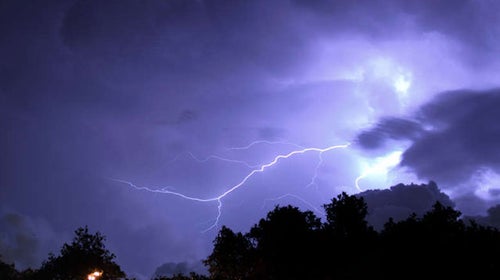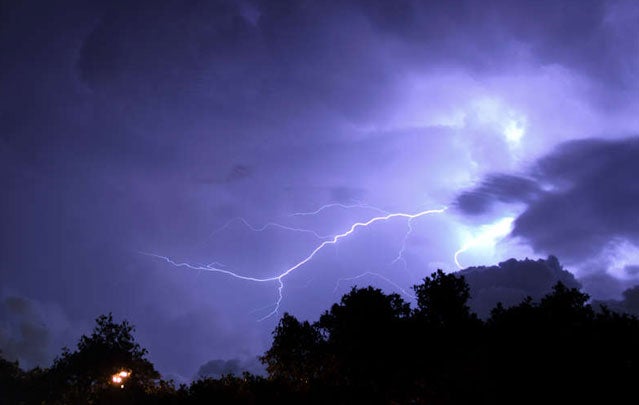I’ve encountered a lot of weather folklore over the years from books and other guides. A few methods are reliable, and others may work depending on what part of the U.S. or world you’re in. Below, I’ve listed some of the signs that I rely on to evaluate weather conditions in the wild. Learn about the traditions of the area where you reside to see what farmers and local indigenous people, who worked out the blueprint long ago, look for.
Mare’s Tail Clouds
These high cirrus clouds, which have a feathery, comma-shaped appearance, are a sign that a major low-pressure system may be rolling in within 36 to 48 hours. When I see mare’s tails, I know we have to bolster the firewood supply and fortify our shelters, or at least check the weather radio or sat phone to see how nasty things are going to get. Knowing this weather forecasting tip has saved my hide a few times.
Spring Peepers
These small chorus frogs often put on quite a performance right before a major storm front rolls in. I don’t have much occasion to use this in Arizona where I live, but back in Michigan, where I grew up, we took note when peepers were getting loud.
Pay attention to other critters prior to arrival of a known storm and see what you can learn. Biting insects and the birds that feed upon them, such as swallows, will often fly much lower due to inner-ear pressure from a plunging barometer. This doesn’t always mean rain, but considered alongside other environmental cues, it can be a sign of what’s coming.
Twinkling Stars
Some of my meteorologist friends disagree with me on the particulars of this one, but I’ve found that when the night sky is especially aglow with stars, the next day will probably be very windy. This is due to high winds, which strip away the upper layer of clouds, thus allowing the stars to shimmer through. These winds will often descend the next day—I have a 50-50 success rate on this one. Of course, it’s always windy here in northern Arizona, so this is no big revelation for us.
Pay attention to weather patterns in your region and keep a journal to confirm what works and what’s unfounded. If you want an excellent, easy-to-follow guide, look for a used copy of any of Eric Sloane’s books on weather forecasting or the Weather Wizard’s Cloud Book. If you’re fortunate enough to live by the ocean, go pick the brains of some of the crusty, old-time sailors. They’ll fill your ear with tidbits of practical advice, or at least good stories.


